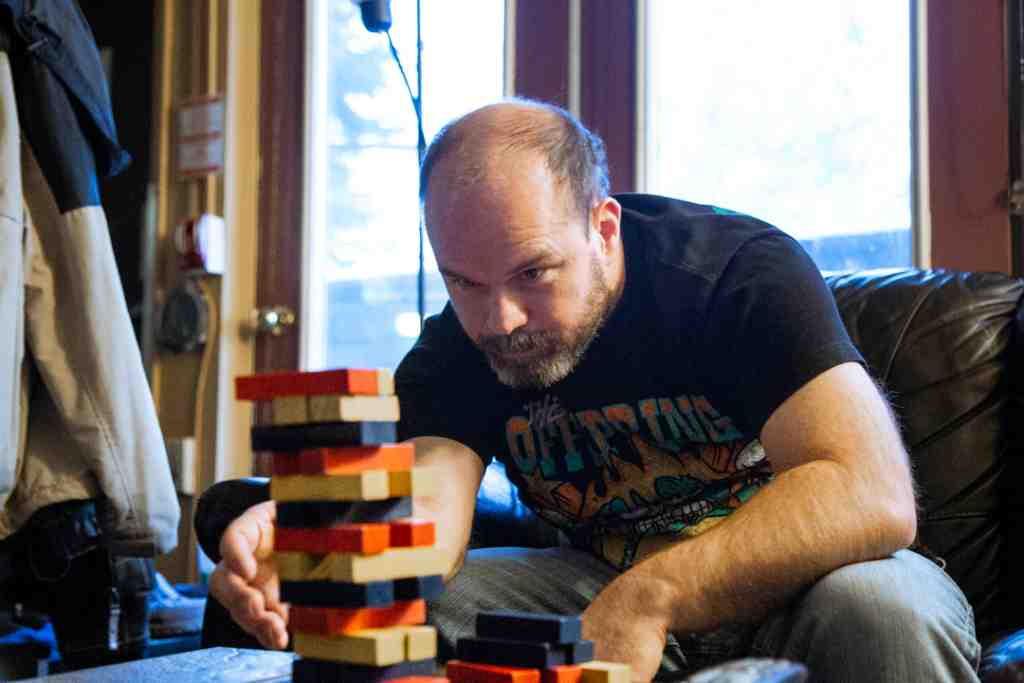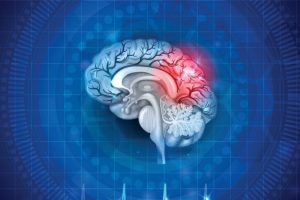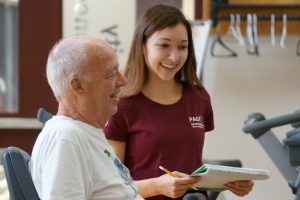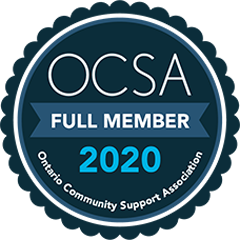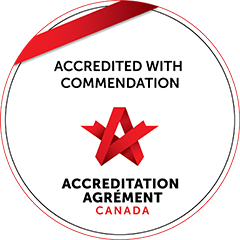Whatever it Takes: A Model for Community-based Services
Barry Willer and John D Corrigan Brain Injury, 1994, Vol 8, No 7, 647-659
Although this article was first presented as a new concept in 1994, the principles are still relevant to this day.
The model proposed that:
- Maximum self-determination is the desired goal for persons with a brain injury despite the cognitive and behavioural deficits that may interfere with the options available and the process of informed choice
- Community integration requires the development of programs and interventions that are both practical and innovative
10 Principles
Presented as an ideal model for community programs.
1. No two individuals with acquired brain injury are alike
- Brains, pre-injury characteristics, coping behaviours and injuries all differ, we are all unique
- Personalized programs that are uniquely responsive to a person's needs, should be the norm
- Group activities are good for learning social skills and coping strategies, for support from others and for having fun but should not be used in the absence of individual activity
2. Skills are more likely to generalize when taught in the environment where they are to be used
- Due to cognitive changes and learning difficulties the ability to generalize will always be an issue after brain injury i.e. being able to apply a skill or behaviour learned in one setting to another
- Skills should be taught in the environment where they will be used
3. Environments are easier to change than people
- Environments can be enabling or handicapping. Both of the following examples are handicapping: A flight of stairs to the washroom for a person who uses a wheelchair; eating a meal in a noisy, cramped busy cafeteria for a person with attention difficulty
- Modifying the environment and providing adaptive equipment can transform a handicap into an ability
4. Community integration should be holistic
- Identify strengths in addition to deficits both for the individual and the environment in which they live
- Community integration includes: control over ones' home environment, integration into a social support network, and meaningful activity
- Aim for active participation in a broad range of community activities
5. Life is a place-and-train venture
- Provide supports to make the persons preferred living situation work and where possible limit moving the person from one place to another
- Provide supported employment by placing the person in a work site, providing a job coach, then training how to do the job, on the job
6. Natural supports last longer than professionals
- After a brain injury the persons support network tends to shrink
- Think of ways to build a social network e.g. "circle of friends" concept
- A combination of natural supports (unpaid) and minimal support by paid helpers is likely to be the best long term solution
7. Interventions must not do more harm than good
- Examine each and every intervention to determine whether potential harm outweighs the benefits e.g. medications, institutional care, overzealous involvement
- Care must be taken not to create dependency by allowing maximum freedom and risk
8. The service system presents many of the barriers to community integration
- There is ignorance in the general population about brain injury
- There is fragmentation of service responsibility and no single authority responsible for all programs that address the needs of persons with brain injury
- The most important assistance needed to accomplish community integration is coordination of the services that are available and advocacy for those that are not
9. Respect for the individual is paramount
- At all times think about the language and labels that are used
- Provide multiple options and opportunities to ensure true choice and enhance self respect
10. Needs of the individual last a lifetime; so should their resources
- Services must be planned for the life of the person, or until they are no longer needed
- Family members and the person involved should be well informed about, and fully involved in, the long term consequences of using up treatment resources
FOR PROFESSIONALS
Managing Problem Behaviours
Describes changes in the behaviour of a person with brain injury and strategies in dealing with such behaviour.
A Model for Community-based Services
Describes the 10 principles presented as an ideal model for community ABI programs.
Brain Injury and Substance Abuse
The Centre for Addiction and Mental Health (Toronto) and the Toronto Acquired Brain Injury Network developed this educational resource for providers working in the fields of Brain Injury and Substance Abuse.
Working with families
The most important word in dealing with families is collaboration. This article provides a number of suggestions for dealing with families of a person with brain injury.
